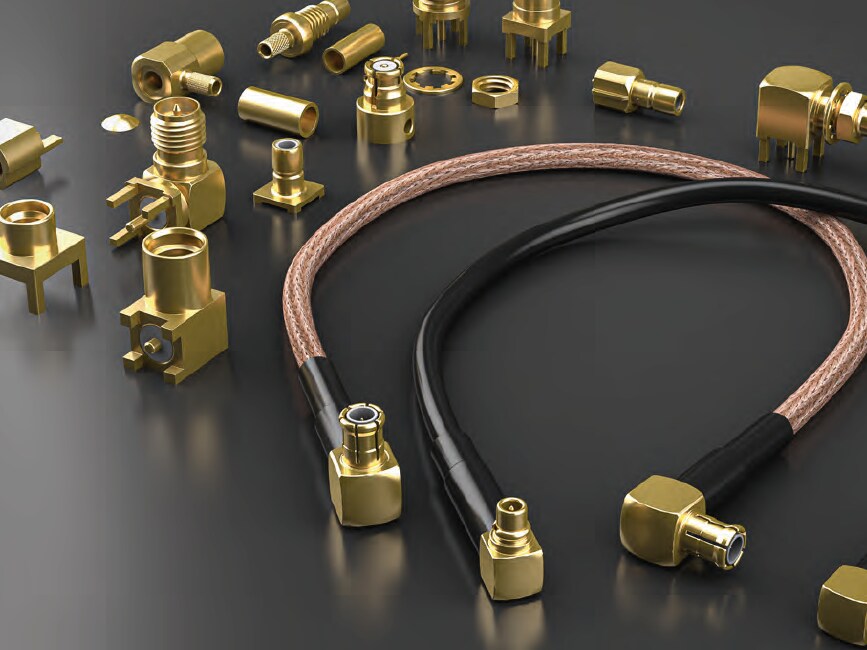

Our world runs on the ability to transmit data through the air or through a conductor. Coaxial products allow us to perform a smooth transition in the most efficient way, by matching system characteristics.
For years we have relied on cables to connect us. Radio frequency has improved communication transmissions over air, but tying the systems together still requires linking to the boards using coaxial connectors.
Coax connectors, also known as RF connectors, are designed to maintain consistent impedance through systems by feature such as shielding in order the minimize signal and power effects. Coax connectors are commonly used for attenuation points, Wi-Fi and Bluetooth module joining, and often designed into other industrial applications that use similar frequency.
There are many factors to think about when choosing which coax connector to use. Some things to consider include:
Based on these factors you can choose from one of many types of coax features including:
Webinar recording with our partner DigiKey
